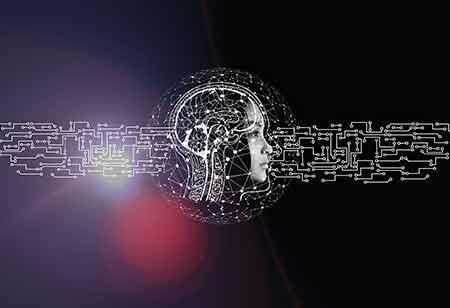THANK YOU FOR SUBSCRIBING
Be first to read the latest tech news, Industry Leader's Insights, and CIO interviews of medium and large enterprises exclusively from Education Technology Insights
Know How Technologies Have Impacted E-Learning Experience

By
Education Technology Insights | Tuesday, July 05, 2022
Stay ahead of the industry with exclusive feature stories on the top companies, expert insights and the latest news delivered straight to your inbox. Subscribe today.
Innovative technologies are changing the vision of online education.
FREMONT, CA: Virtual reality (VR), augmented reality (AR), and artificial intelligence (AI) are all new technologies that almost everyone has heard of (AI). Even if you don't use them regularly, you can probably envision a future in which they are. However, academic institutions are already considering incorporating these tools into their curriculum. The same technologies used in a science fiction film series are now being employed in schools to provide students and teachers with quality education and more accessibility.
Innovation is having a significant impact on how we conduct schooling. The pandemic and the unexpected necessity for distant courses have already taught us new skills about the significance of staying current with the latest advancements. There will be plenty more to discover in the future.
Let's speak about the latest developments in K-12 teaching methods for the forthcoming year, how they'll affect how we educate kids, and the statistics underneath them.
Digital tools will encompass all areas of education.
Education technology is beyond showing online videos. In the coming days, it will saturate all education standards, as complete programs and courses will merge with digitalization. Distant education will also become more popular, allowing learners to utilize a simulated reality when not in classrooms.
Learning will be more accessible than ever.
eBooks are the best way of making teaching more approachable. As any obsessive digital learner can confirm, a solitary tablet weighs significantly less and takes up far less room than a pile of books. In addition to being accessible on mobile devices like tablets and laptops, electronic textbooks can include interactive modules, animations, and other elements that traditional textbooks lack. Learners retain more information due to the increased involvement and at a low cost.
Technology will enable more personalized learning experiences.
Student-centered learning empowers learners to show ownership of their training. It can develop skills in tailoring lessons to individual student requirements rather than imposing the same form of teaching methods on all. In the future, technology will be the impetus for more tailored education. Digital training, according to a vast number of instructors, provides for more personalized instruction, specifically when responding to levels of proficiency. A comparable number of people believe such technologies are simple and exciting for kids.
Interactivity will be a selling point.
Interactivity tools such as online videos, apps and software, research websites, educational games, ebooks, simulations, virtual reality, and augmented reality make the digital learning experience more attractive and productive.







